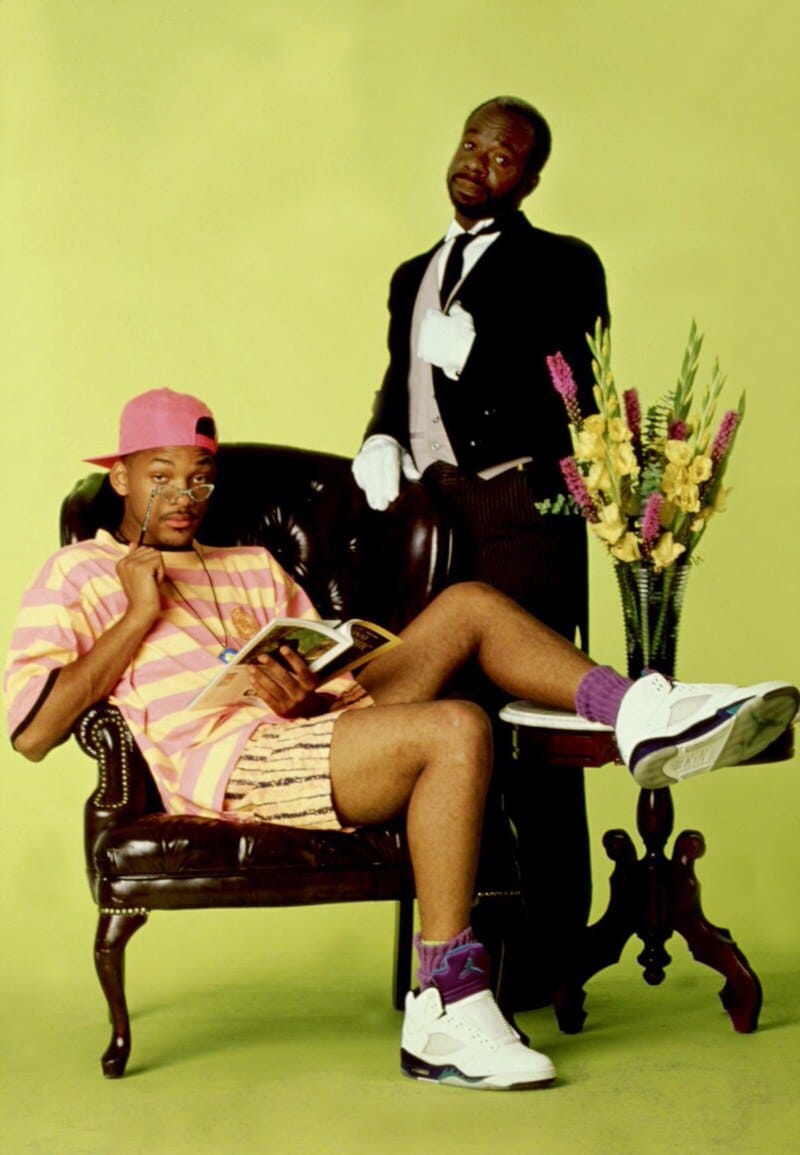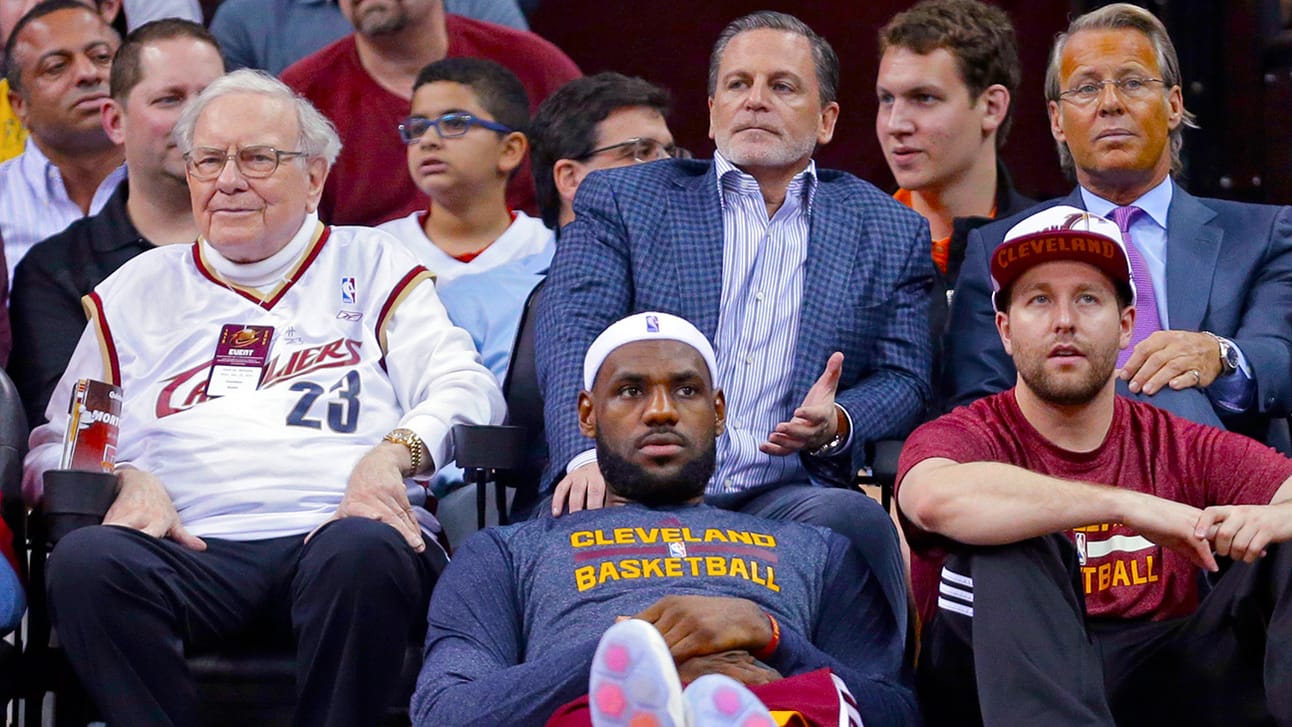- mainstreet memos
- Posts
- Greatest of all Time
Greatest of all Time

Los Angeles is the fashion capital of America.
In order for a street wear brand to make it big, they have to earn a spot on Fairfax Ave.

Eddy Lu and Daishin Sugano were LA natives who loved to hustle.
Eddy graduated from UC Berkeley and worked at Deloitte then Lehman, Daishin graduated from USC with a Bachelors and Masters.
During their time at school + early career, Lu and Sugano started a handful of businesses together. The first business was an import/export venture that leveraged their connections in China. The second was a golf apparel company, and Lu took sewing classes to improve operations. The third was an online tea business. Then they built a number of mobile apps priced at $0.99.
None of the projects gained traction, and in 2008, the duo was running low on hope.
A walk into Beard Papa’s changed things for the better.

After discovering how good cream puffs from the Japanese franchisor tasted, they became Beard Papa’s franchisees in search of passive income.
In 2010, Lu and Sugano moved to Chicago looking to expand Beard Papa's presence in the region. Once they settled in, a new lightbulb clicked: it can be incredibly tough to meet people in a new city.
So Eddy and Daishin created GrubWithUs, a dining app that arranges meals between strangers. The idea was to reserve a seat at a participating restaurant for a meal, and when four people reserve a spot for the same meal at the same table, the meeting is set, and a couple of strangers could socialize with their peers over dinner.
GrubWithUs was accepted to Y-Combinator’s 2011 batch.

In 2012, GrubWithUs raised $5M in a Series A round, led by GRP Partners. Their seed round was a $1.6M raise that saw participation from a16z, First Round Capital, NEA, Alexis Ohanian, Ashton Kutcher, and more.
Turns out people don’t want to eat with people they don’t know.
The company slowly burnt out.
In 2013, Jordan re-released the Air Jordan 5 Grapes, 23 years after its debut.
One of Lu’s core childhood memories was his dad buying him the Grapes as a ten year old kid. Grapes were his introduction to the hypebeast sneaker life he lives now.
Nostalgia overwhelmed him, and Lu had to cop the Grapes by any means necessary.
He bought a pair on eBay.


In Los Angeles - or any major city for that matter - there are groups of hypebeasts that camp out so that they don’t miss out on limited edition street wear drops.
Hypebeast (n): trend followers that spend lots of money on the hottest street wear brands.

when the stakes are high i stake out for days
For the hottest drops, shoppers will set up shop outside the shop before the sun comes up.
Josh Luber was absolutely fascinated by street wear culture, most particularly the secondary transactions that took place after the drop.
In his mind, there was a lack of pricing data which made it hard for buyers and sellers to figure out a fair price. So he did what any obsessive craftsman would do and built out a comprehensive dataset of 13 million eBay transactions. This is how Campless was created.
If you’ve never heard of Campless, you’re not alone.
The name was a play on sneakerheads camping out waiting for a drop. Campless meant fanatics could skip the long wait and still buy the hottest items. Campless made this possible by offering price data on the secondary sneaker market.

Josh ran Campless for three years before meeting Dan Gilbert, owner of the Cleveland Cavaliers and Quicken Loans founder. This was in March of 2015. Gilbert’s kids kept telling him about Campless and he decided to contact Luber to learn more.
Before meeting with Luber, Dan was working with a founder named Greg Schwartz, and they were conceptualizing a platform that would bring stock market dynamics to the sneaker resale market.
When Gilbert added Luber to the mix, StockX was born.

At the same time - March 2015 - Lu and Sugano were planning their next move. GrubWithUs had some cash left from the Series A raise, but the business showed no signs of being salvageable. They called a meeting with their investors to talk about a pivot.
Remember how Lu ordered the Jordan Grapes off eBay in 2013? Yeah, well they turned out to be fakes. Once the frustration faded, he tried to find a platform that had robust authentication protocols to prevent others from suffering the same fate. He found none.
So during this investor meeting nearly two years later, Lu and Sugano decided to throw an idea out:
What if we built a sneaker resale platform with sound authentication procedures?
Investors loved it.
They named it GOAT, or greatest of all time, paying homage to Michael Jordan… and by extension the Jordan Grapes that inspired the company.
GOAT launched in July 2015.
StockX launched in February 2016.
Daishin used around $20,000 of the leftover GrubWithUs Series A funds to buy sneakers and seed the GOAT marketplace .
In August, the platform did $14,436 in gross merchandise value.
In September, the platform did $27,166 in GMV
In October, the platform did $100,000 in GMV
Overwhelming demand from buyers crashed the site in November.
December saw $400,000+ of GMV.
Lu and Sugano finally found their cash cow.
Why did GOAT grow so quickly in less than 6 months?
Three primary reasons:
Focus on Authentication: the company used both sneaker verification experts and technology to ensure virtually all of the sneakers on their site were legitimate. Authentication was the biggest pain point for consumers, so they honed in on delivering an experience 10x better than the alternatives.
Doing Things that Don’t Scale: to get the marketplace up and running, GOAT bought $20,000 worth of in-demand sneakers, instead of waiting for sellers to get activity going. This is not scalable at all, but worked great because it attracted buyers who wanted high end sneakers, and then sellers by demonstrating that sufficient demand exists on their platform.
Building Community: Lu and Sugano were both sneakerheads who identified with the community of buyers and sellers on GOAT, so they were uniquely qualified to build community through content, giveaways, and events.
At the end of January 2016, GOAT sold 2,000+ sneakers and one of their investors took them out to a Lakers game to celebrate.

At the beginning of February 2016, StockX was ready to launch.
Their early trajectory had deep similarities yet notable differences when compared to GOAT. Since Luber had nearly four years analyzing millions of datapoints in the sneaker resale market, StockX had a data advantage it could rely on in its early days.
Big data allowed StockX to provide an invaluable tool for buyers and sellers, and helped drive early users into their beta in December 2015, before launching a few months later. More than 500 users signed up for the beta.
A striking similarity is that StockX also got involved in seeding their platform, but in a slightly different way. StockX essentially served as a market-maker; the company would place bids on all shoes that didn’t have potential buyers, buy the shoes from the seller, and then hold them for resale. Another testament to the importance of doing unscalable things while building a marketplace foundation…
StockX did an elite job of solving for the harder side of the marketplace. Like we touched on in Supply x Demand, understanding which side is harder to attract - buyers vs. sellers - for a specific platform is the first step to unlocking a ton of value. For Uber, drivers were the harder side because you need them to attract riders. For StockX, sellers were the harder side, because you need them to attract buyers. With this in mind, StockX:
waived seller fees for the first year
buyers weren’t allowed chargebacks, and StockX took care of customer service
buyers had to put down their payment information to bid, and sellers received payment once verification took place at the warehouse (rather than after the buyer received the item)
StockX’s monthly GMV experienced exponential growth from 2016 - 2017.

these memos are our manifesto
Part of what makes great platforms great is their ability to create tangible, economic value for users. Can top users make a living from using your platform?
A relevant example can be seen in Mustafa Hamed. Mustafa was a minor league baseball player who started selling on StockX in 2017, back when the platform was relatively new. In 2023, he’s a power-seller that moved more than 50,000 pairs of sneakers with a total product value of over $6M. He claims StockX Pro allowed him to be a full-fledged business, rather than a casual sneaker seller. Joining the platform early on also accelerated his growth, allowing him to intuitively predict which sneakers would have high resale values through trial and error. Hamed employs three full-time employees.
→In 2016, GOAT raised $5M in a Series A extension led by Matrix Partners.
→In 2017, StockX raised $6M in a Series A round that included Battery Ventures, GV, Court side Ventures, Mark Wahlberg, and Eminem.
One of the more interesting parts of the GOAT - StockX story is how the two companies mirror each other valuation wise.
In 2021, both companies were valued at $3.7B.
GOAT raised $500M, last round was a Series F in 2021
StockX raised $690M, last round was a Series E-1 in 2021
Although StockX was valued at $3.7B in 2021, Courtside Ventures managed to strategically sell 80% of their stake in the company for a $7B valuation, representing a 99x cash-on-cash return.
All from a pair of fake grapes
Poll Results


Headlines
49ers lead adjusted NFL salary cap list as seven teams exceed $300M. FOS
Y-Combinator’s police surveillance company Flock Safety raises $275M at a $7.5B valuation. Techcrunch
Eminem joins group bidding for WNBA team in Detroit. Hypebeast
Reply